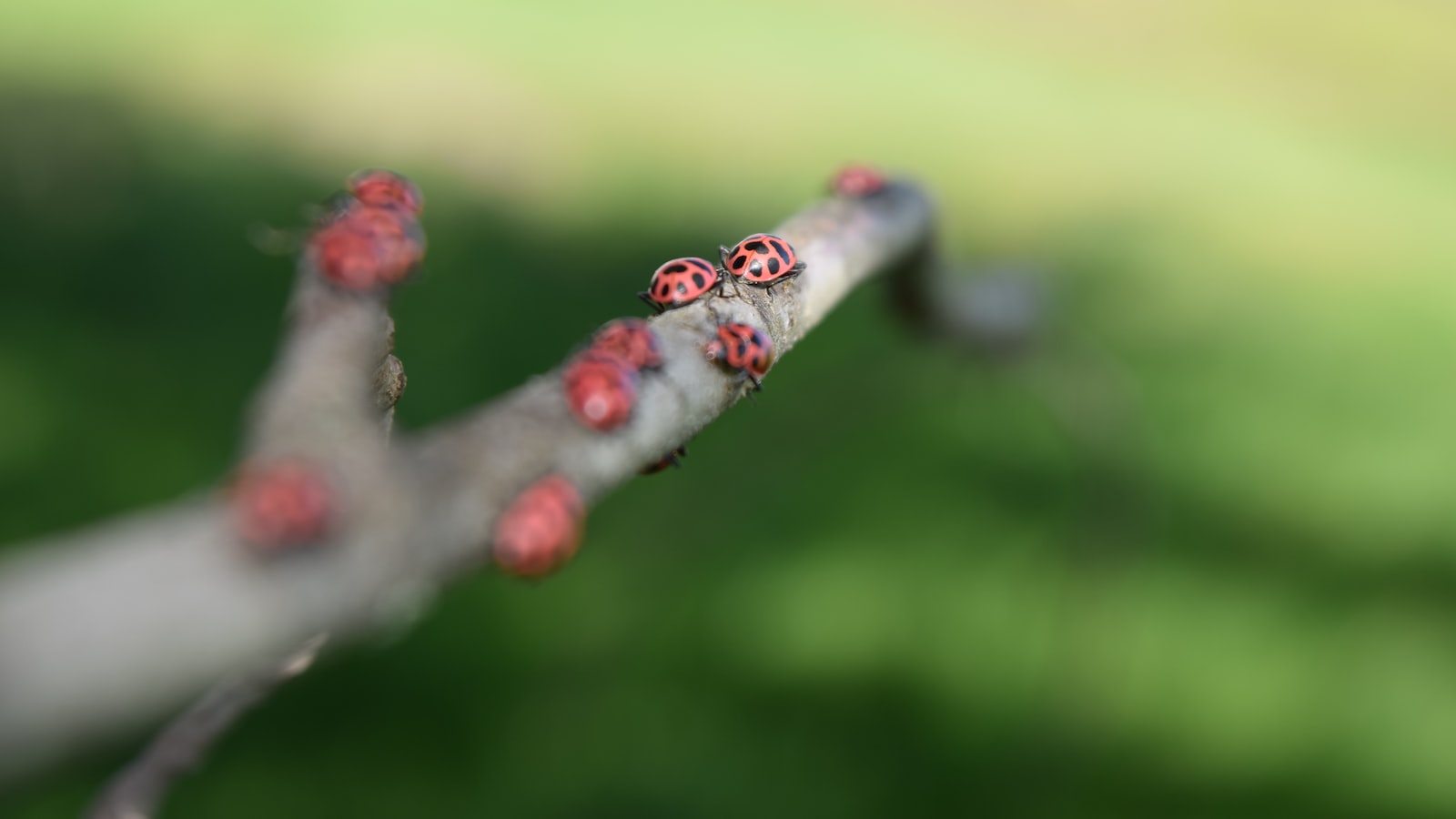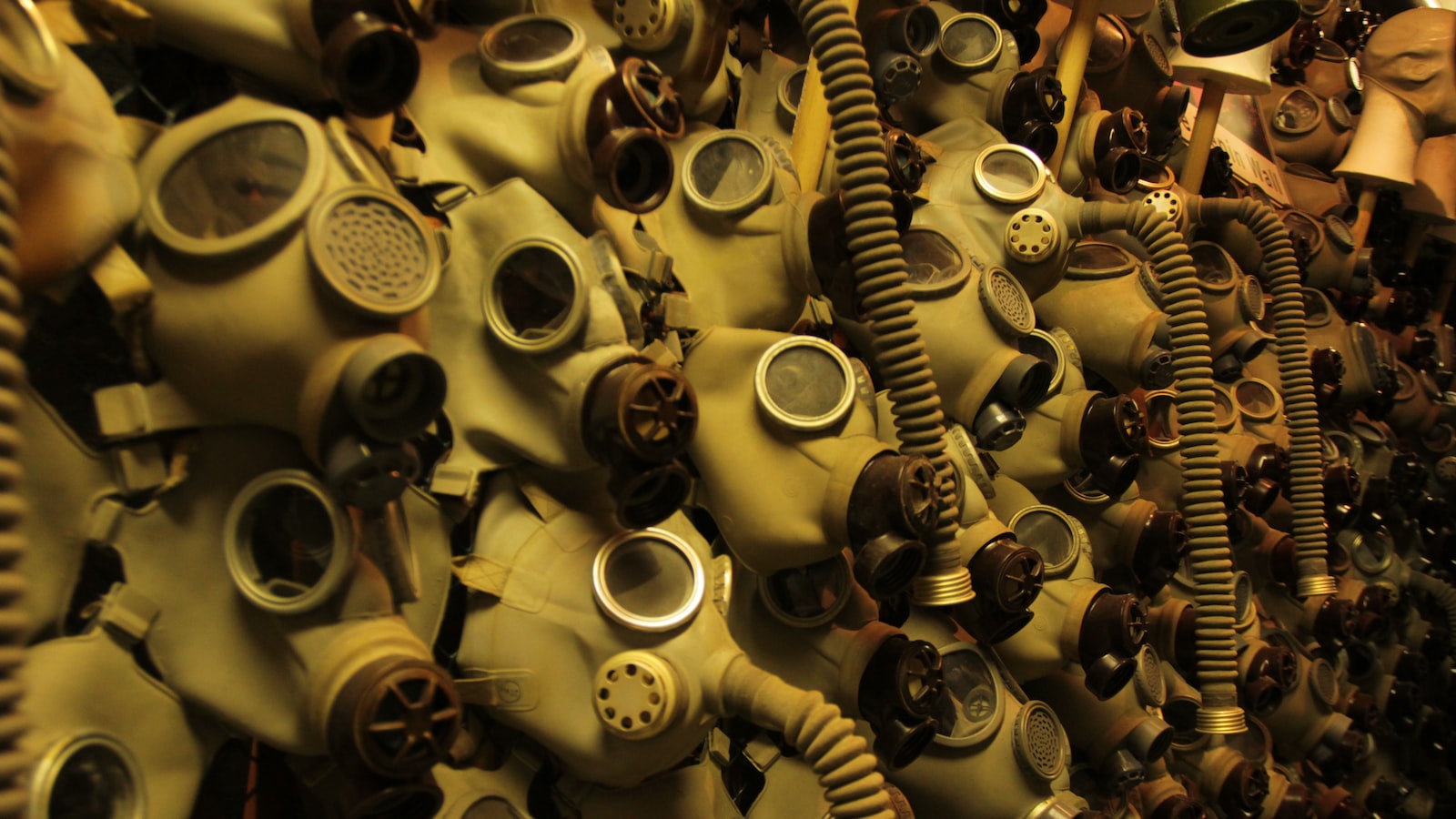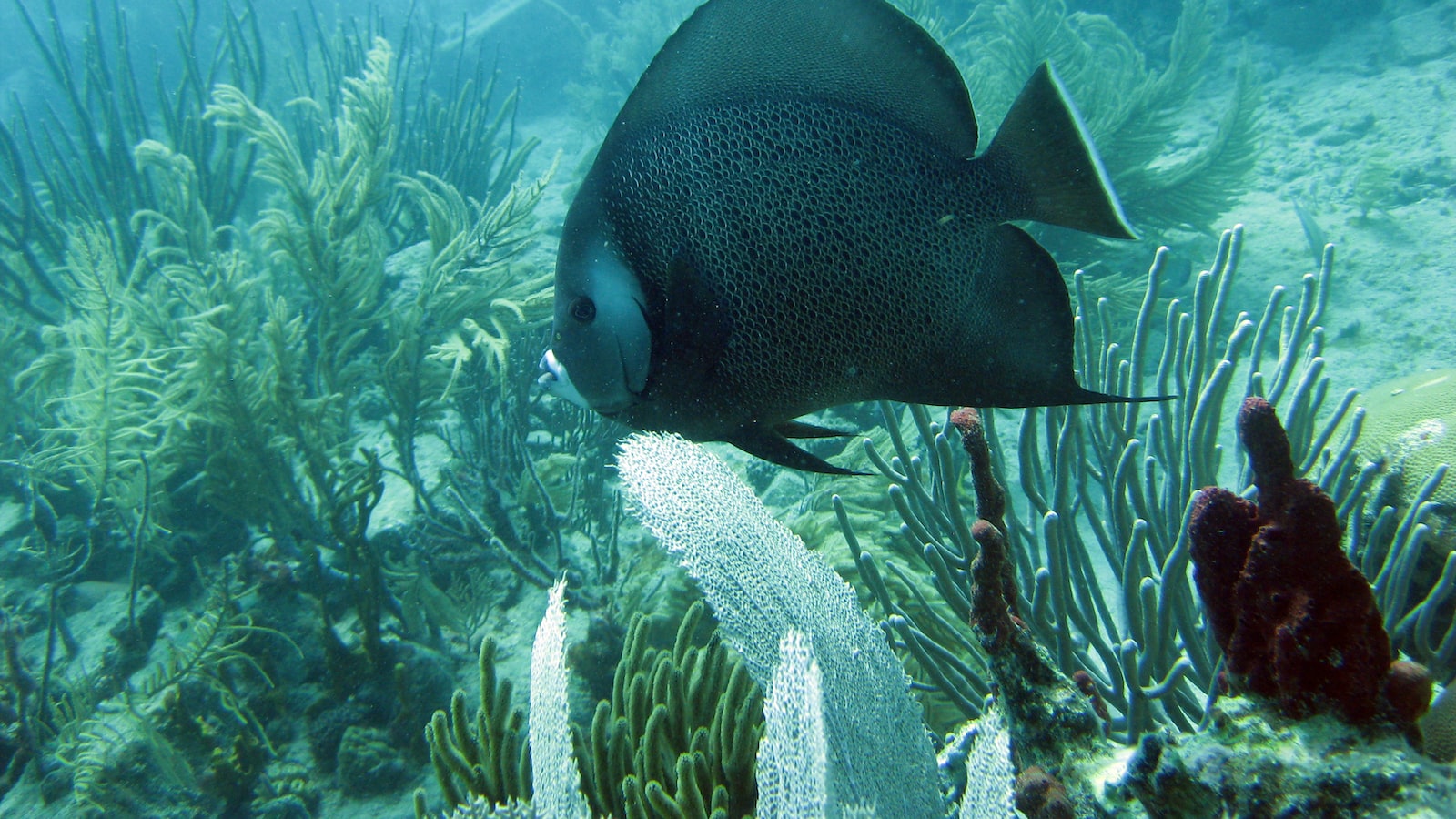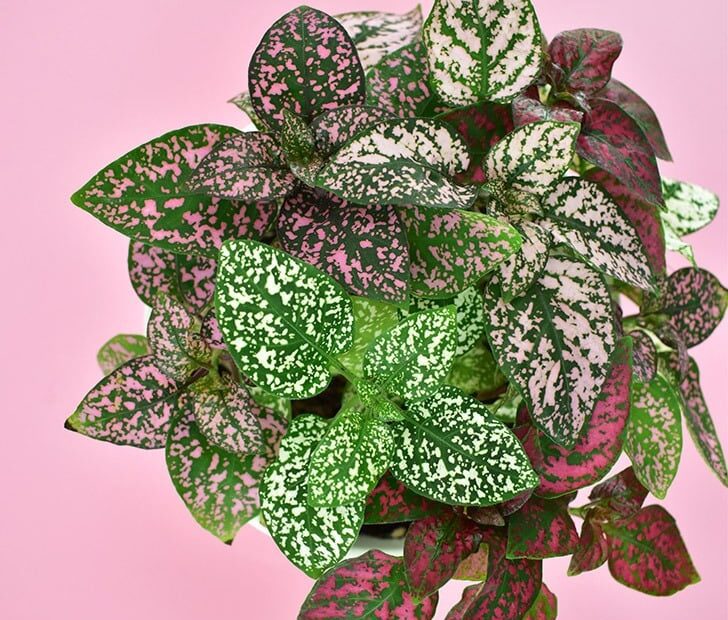Dancing upon the fine line between feline curiosity and horticultural safety, the presence of plants in our homes has long been a delightful conundrum. While we marvel at the majestic beauty they possess, we secretly harbor concerns about their hidden thorns. Among these verdant wonders lies the enigmatic polka dot plant, with its cheery speckles adorning its delicate leaves. Yet, we find ourselves pondering an important question—does this whimsical botanical accomplice harbor a toxic secret that could potentially harm our beloved cats? Grappling with this haunting query, let us embark on a journey to uncover the truth about the polka dot plant’s impact on our feline companions. Brace yourself, plant enthusiasts and cat lovers, for the answers lie beyond the polka-dotted veil!
Diving Into the World of Polka Dot Plants: Are They Safe for Your Feline Friends?
If you are a plant enthusiast who also happens to have a furry feline friend wandering around, it becomes essential to ensure the safety of your pet when introducing new flora at home. One such delightfully vibrant plant that has captured the attention of many is the polka dot plant, scientifically known as Hypoestes phyllostachya. With its eye-catching foliage splattered in a multitude of colorful dots, this tropical herbaceous plant has become a popular choice for indoor gardening enthusiasts.
But the question remains, is the polka dot plant toxic to cats? While polka dot plants are non-toxic to cats, prudence is still advised when incorporating them into your home environment. Even though they are generally safe if accidentally ingested by your feline friend, it is worth considering that individual cats may react differently. Some cats may have sensitive digestive systems and experience mild gastrointestinal discomfort if they nibble on the plant’s leaves or stems.
| Features | Tips |
|---|---|
| Rich variety of colors – pink, red, white, and more | Place the polka dot plant in an area where your curious cat can’t easily access it |
| Easy to care for – thrives in moderate to bright indirect light | Regularly prune the plant to keep it compact and encourage vibrant leaf growth |
| Attracts visual interest with its unique spotted pattern | Avoid overwatering as it can lead to root rot; allow the topsoil to dry slightly between watering sessions |

Unveiling the Potential Toxicity of Polka Dot Plants to Cats: What You Should Know
Polka Dot Plants, known for their whimsical and vibrant foliage, have gained popularity among plant enthusiasts. However, if you have a furry feline friend at home, you may be wondering whether these delightful plants pose any risks to your beloved companion. While polka dot plants (Hypoestes phyllostachya) may not be highly toxic to cats, it’s essential to exercise caution and be aware of potential risks.
Although polka dot plants are generally considered non-toxic, they contain certain substances that may cause mild gastrointestinal upset if ingested by cats. These symptoms can range from vomiting and diarrhea to decreased appetite. It’s important to monitor your cat’s behavior closely around these plants and seek veterinary attention if any concerning symptoms are observed. Additionally, some varieties of polka dot plants may have been treated with pesticides or fertilizers that could be hazardous to your kitty. Hence, it’s crucial to ensure that any houseplant you introduce to your home is free from harmful chemicals and toxins.
To help ensure the safety of your feline companion, consider the following features and tips when it comes to having polka dot plants in your home:
| Features/Tips | Description |
|---|---|
| Placement | Keep polka dot plants out of your cat’s reach by placing them in elevated areas or using hanging baskets. |
| Alternative Cat-friendly Plants | If you’re concerned about your cat’s safety, consider opting for pet-friendly plants such as spider plants, Boston ferns, or cat grass, which can satisfy your feline’s curiosity without posing major risks. |
| Observation | Monitor your cat’s behavior closely when introducing any new plant into your home to ensure they do not show any signs of toxicity. |
By being mindful of your cat’s environment and keeping a close eye on their interactions with houseplants, you can create a safe and pleasant space for both your feline friend and your polka dot plants to coexist harmoniously. Remember, if you have any concerns or notice any unusual behavior in your cat, it’s always best to consult with your veterinarian for professional advice tailored to your specific situation.
Ensuring a Paw-sitive Environment: How to Keep Your Cats Safe While Enjoying Polka Dot Plants
Cats bring joy and companionship into our lives, and as pet owners, it is crucial to create a safe and paw-sitive environment for them. One common concern among cat lovers is whether polka dot plants are toxic to feline friends. Let’s dive into this topic and explore how we can enjoy the beauty of polka dot plants while keeping our cats safe.
While polka dot plants (Hypoestes phyllostachya) are considered non-toxic to cats, it’s essential to take certain precautions to ensure their safety. Although these delightful plants are generally safe, individual sensitivities may vary. Keep an eye on your furry friend’s behavior when introduced to a polka dot plant for the first time. If you notice any signs of discomfort, such as excessive drooling or vomiting, consult your veterinarian immediately.
To create a paw-sitive environment for your cats while enjoying the beauty of polka dot plants, consider the following features and tips:
| Features | Tips |
|---|---|
| Pet-Friendly Placement | Proper Training |
| Choose elevated spots or hanging baskets to keep the polka dot plants out of your cat’s reach. | Train your feline friend to discourage nibbling on plants using positive reinforcement techniques or deterrent sprays. |
| Safe Plant Alternatives | Regular Monitoring |
| Offer cat-friendly herbs like catnip or cat grass as alternative plants to redirect their attention from the polka dot plants. | Regularly inspect your cat’s behavior around the polka dot plants to ensure they are not showing any signs of distress or ingestion. |
Remember, creating a safe and paw-sitive environment for your cats is a priority. By implementing these features and tips, you can enjoy the vibrant presence of polka dot plants in your home without worrying about their potential impact on your feline companion.
Green Alternatives for Pet Parents: Cat-Friendly Houseplants to Consider Instead of Polka Dot Plants
When it comes to finding the perfect houseplants for your feline friends, it’s essential to consider their safety and well-being. While polka dot plants might catch your eye with their vibrant and speckled leaves, it’s important to note that they can be toxic to cats if ingested. But fear not, pet parents! There are plenty of beautiful and cat-friendly alternatives to explore.
If you’re looking for houseplants that won’t harm your curious kitty, consider the following options:
| Plant | Features | Tips |
| Boston Fern |
|
|
| Moth Orchid |
|
|
| Spider Plant |
|
|
Frequently Asked Questions
Q: Can polka dot plants turn your cat into a fashionista?
A: Although polka dots are undeniably stylish, polka dot plants (Hypoestes phyllostachya) are not a fashion statement for your feline friend. In fact, they can be toxic to cats if ingested.
Q: Are polka dot plants a playground or a poison garden for cats?
A: While polka dot plants may provide a visually captivating playground for your cat, caution should be exercised. These vibrant beauties contain compounds called insoluble calcium oxalates, which are toxic to cats if chewed or consumed.
Q: Is it curtains for your cat if they nibble on polka dot plants?
A: Nibbling on polka dot plants may cause minimal symptoms in cats, such as mouth and throat irritation, drooling, and difficulty swallowing. However, it is crucial to monitor your cat closely and seek veterinary assistance immediately if you suspect they have ingested this plant. In a world where our feline friends hold a special place in our hearts, it is only natural for us to question the safety of the plants that surround them. As we delved into the intriguing realm of flora, one question rose above the rest – is the captivating polka dot plant toxic to our beloved cats? With caution and curiosity guiding our way, we embarked on a journey to uncover the truth.
As our investigation unfolded, we learned that the polka dot plant, scientifically known as Hypoestes phyllostachya, indeed possesses a certain level of toxicity. However, do not fret just yet, for this enchanting beauty is classified as a low-level threat to our feline companions. While chewing or ingesting its delicate leaves might cause mild symptoms such as drooling, excessive salivation, or an upset tummy, the polka dot plant is generally considered to have a low toxicity level for cats.
Nevertheless, it is crucial to remember that every cat is unique, and their sensitivity to certain substances may vary. As responsible pet parents, our duty lies in observing our furry friends with a keen eye for any signs of discomfort or unusual behavior. If you notice any symptoms after your cat’s close encounter with a polka dot plant, we strongly recommend consulting your veterinarian for professional guidance and support.
Although the verdict may sway some individuals towards erring on the side of caution, the enchantment that the polka dot plant brings to our living spaces cannot be denied. Striking patterns and vibrant hues dance together, creating a whimsical ambience that is hard to resist. So, if you choose to welcome this beguiling plant into your home, remember the importance of cat-friendly environments, ensuring the polka dot plant remains out of reach from curious paws and mischievous mouths.
In conclusion, while the polka dot plant does possess a mild level of toxicity for our feline friends, it can still coexist harmoniously in our homes under proper precautions. As we navigate the intricate world of flora and fauna, knowledge and vigilance go hand in hand to ensure the safety and well-being of our beloved cats. Happy gardening, mindful pet owners, and may the playful polka dots continue to add a touch of whimsy to your lives!
- When to Put Weed and Feed on Lawn in Michigan - October 16, 2023
- When to Fertilize Potatoes Plants - October 16, 2023
- Can You Plant Clover in the Spring - October 16, 2023
Contents
- 1 Diving Into the World of Polka Dot Plants: Are They Safe for Your Feline Friends?
- 2 Unveiling the Potential Toxicity of Polka Dot Plants to Cats: What You Should Know
- 3 Ensuring a Paw-sitive Environment: How to Keep Your Cats Safe While Enjoying Polka Dot Plants
- 4 Green Alternatives for Pet Parents: Cat-Friendly Houseplants to Consider Instead of Polka Dot Plants
- 5 Frequently Asked Questions

